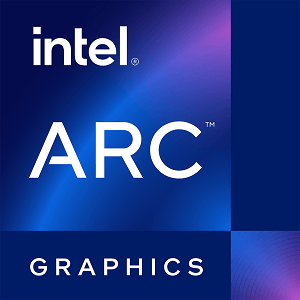NVIDIA RTX 5000 Max-Q Ada Generation vs ATI Mobility FireGL V5725
We compared two Mobile platform GPUs: 16GB VRAM RTX 5000 Max Q Ada Generation and 256MB VRAM Mobility FireGL V5725 to see which GPU has better performance in key specifications, benchmark tests, power consumption, etc.
Main Differences
NVIDIA RTX 5000 Max-Q Ada Generation 's Advantages
Released 14 years and 2 months late
Boost Clock1680MHz
More VRAM (16GB vs 256GB)
Larger VRAM bandwidth (576.0GB/s vs 25.60GB/s)
9608 additional rendering cores
Score
Benchmark
FP32 (float)
RTX 5000 Max Q Ada Generation
+19955%
32.69 TFLOPS
Mobility FireGL V5725
0.163 TFLOPS
Graphics Card
Mar 2023
Release Date
Jan 2009
Quadro Ada-M
Generation
Mobility FireGL
Mobile
Type
Mobile
PCIe 4.0 x16
Bus Interface
PCIe 2.0 x16
Clock Speeds
930 MHz
Base Clock
-
1680 MHz
Boost Clock
-
2250 MHz
Memory Clock
800 MHz
Memory
16GB
Memory Size
256MB
GDDR6
Memory Type
GDDR3
256bit
Memory Bus
128bit
576.0GB/s
Bandwidth
25.60GB/s
Render Config
-
Compute Units
3
76
SM Count
-
9728
Shading Units
120
304
TMUs
8
112
ROPs
4
304
Tensor Cores
-
76
RT Cores
-
128 KB (per SM)
L1 Cache
-
64 MB
L2 Cache
128 KB
-
-
-
Theoretical Performance
188.2 GPixel/s
Pixel Rate
2.720 GPixel/s
510.7 GTexel/s
Texture Rate
5.440 GTexel/s
32.69 TFLOPS
FP16 (half)
-
32.69 TFLOPS
FP32 (float)
163.2 GFLOPS
510.7 GFLOPS
FP64 (double)
-
Board Design
120W
TDP
Unknown
-
-
-
Portable Device Dependent
Outputs
Portable Device Dependent
None
Power Connectors
-
Graphics Processor
AD103
GPU Name
M86
-
GPU Variant
M86-ME XT GL
(216-0683010)
Ada Lovelace
Architecture
TeraScale
TSMC
Foundry
TSMC
5 nm
Process Size
55 nm
45.9 billion
Transistors
0.378 billion
379 mm²
Die Size
135 mm²
Graphics Features
12 Ultimate (12_2)
DirectX
10.1 (10_1)
4.6
OpenGL
3.3
3.0
OpenCL
N/A
1.3
Vulkan
N/A
8.9
CUDA
-
6.7
Shader Model
4.1




